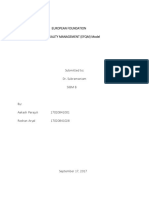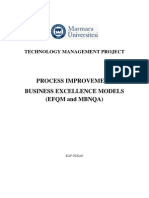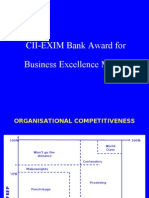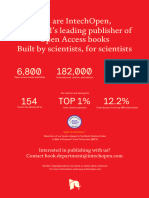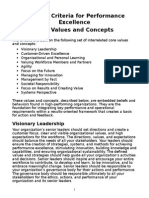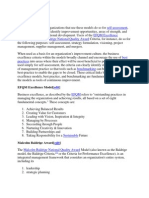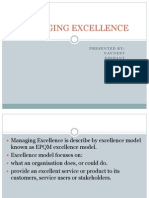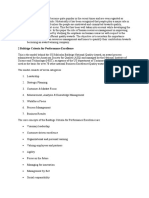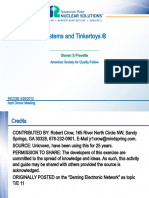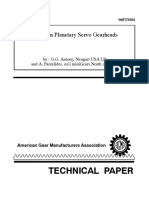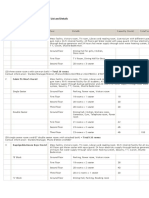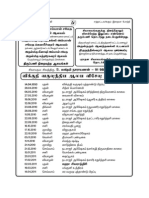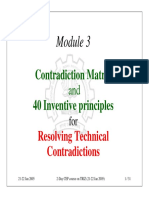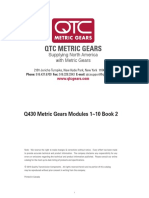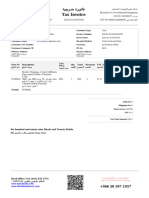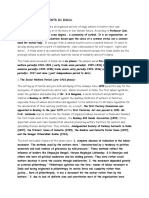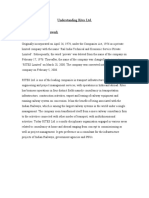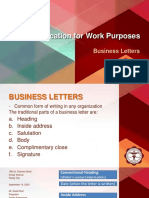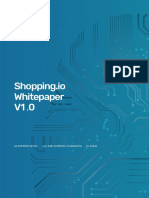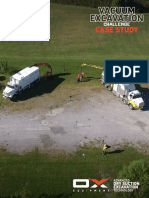0% found this document useful (0 votes)
215 views2 pagesThe Business Excellence Model
The Business Excellence Model encompasses all aspects of managing a business, including people, partnerships, processes, and performance, providing an integrated framework for self-assessment. It is based on standards from quality awards around the world. CII and EXIM Bank jointly created the CII-EXIM Bank Award for Business Excellence to recognize organizations demonstrating excellence. The Excellence Model, along with the Fundamental Concepts and RADAR logic, provides a holistic view and framework for organizations to develop sustainable excellence, gain consistency, access best practices, drive innovation, and improve results.
Uploaded by
Kumar SanthanamCopyright
© © All Rights Reserved
We take content rights seriously. If you suspect this is your content, claim it here.
Available Formats
Download as PDF, TXT or read online on Scribd
0% found this document useful (0 votes)
215 views2 pagesThe Business Excellence Model
The Business Excellence Model encompasses all aspects of managing a business, including people, partnerships, processes, and performance, providing an integrated framework for self-assessment. It is based on standards from quality awards around the world. CII and EXIM Bank jointly created the CII-EXIM Bank Award for Business Excellence to recognize organizations demonstrating excellence. The Excellence Model, along with the Fundamental Concepts and RADAR logic, provides a holistic view and framework for organizations to develop sustainable excellence, gain consistency, access best practices, drive innovation, and improve results.
Uploaded by
Kumar SanthanamCopyright
© © All Rights Reserved
We take content rights seriously. If you suspect this is your content, claim it here.
Available Formats
Download as PDF, TXT or read online on Scribd
/ 2
